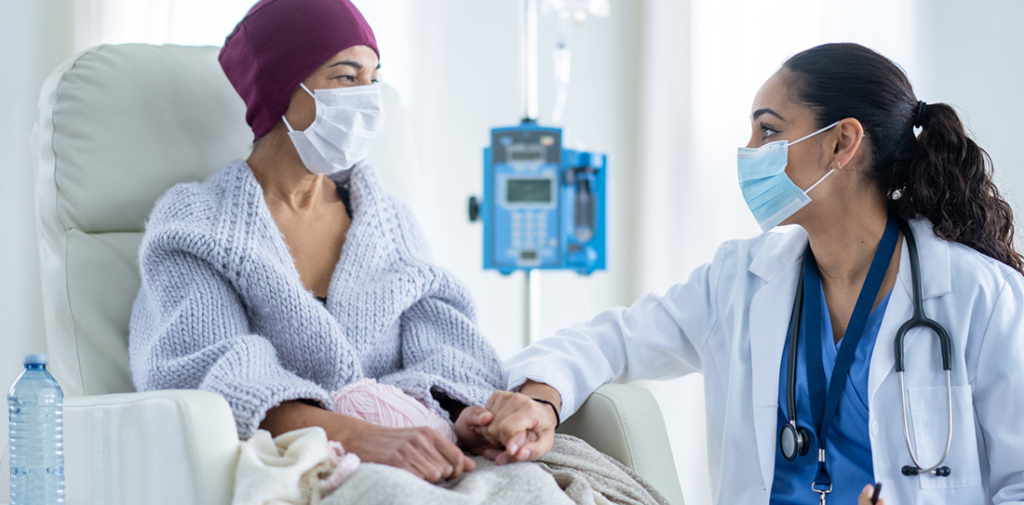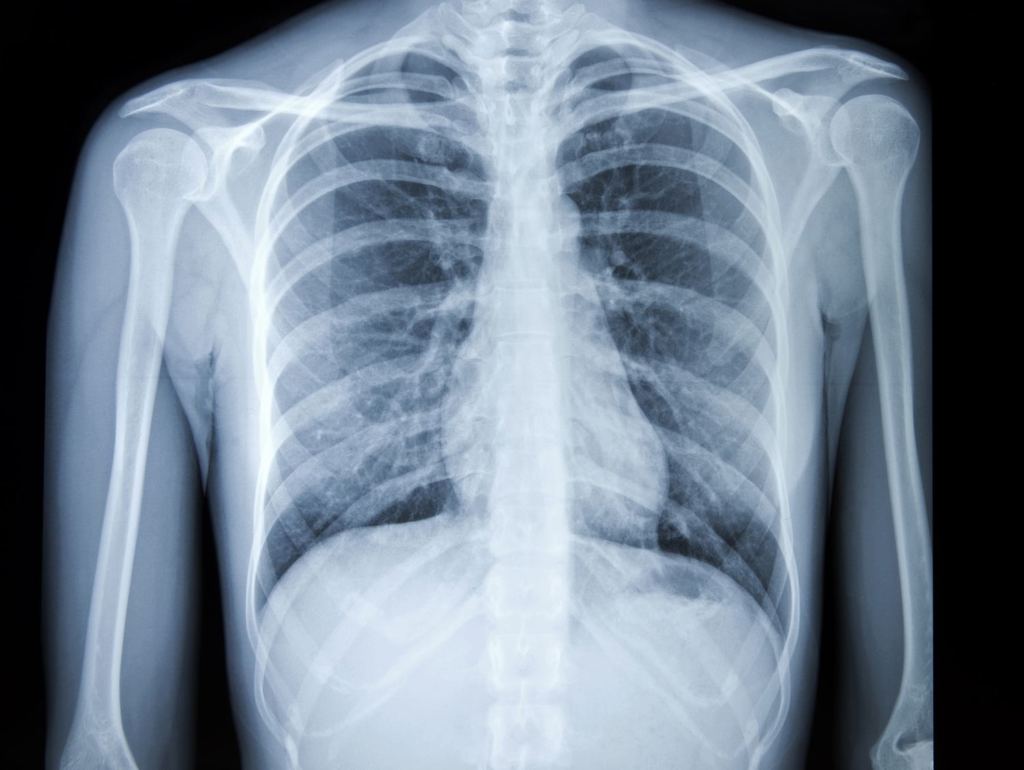Cancer is a complex and widely misunderstood disease that affects millions of lives, including those in Malaysia. Unfortunately, misconceptions and myths about cancer persist, leading to confusion and potentially harmful beliefs. In this article, we aim to unveil the truth behind common cancer myths in Malaysia, providing accurate information to help dispel misunderstandings and promote a better understanding of this disease.

Myth 1: Cancer is always a death sentence.
Truth: While a cancer diagnosis can be overwhelming, it is important to remember that cancer is not always a death sentence. Early detection, advancements in treatment options, and proper medical care have significantly improved survival rates and quality of life for cancer patients in Malaysia. Consult with doctors, surgeons, and specialists in your local medical centre to provide personalized treatment plans and strategies for managing cancer effectively.
Myth 2: Cancer is contagious.
Truth: Cancer is not contagious. It cannot be spread through physical contact, sharing personal items, or being in close proximity to someone with cancer. Cancer’s causes can be due to genetic mutations or other factors specific to an individual’s body, such as lifestyle choices, environmental exposures, or certain infections. It is not something that can be transmitted from person to person.
Myth 3: Only older people get cancer.
Truth: While the risk of developing cancer increases with age, it can affect individuals of all ages, including children and young adults, in Malaysia. Certain types of cancer, such as childhood cancer, can occur in younger populations. It is crucial for people of all ages to be aware of potential cancer risks and adopt healthy lifestyle choices to reduce their chances of developing the disease.

Common Types of Cancer in Malaysia:
1. Breast Cancer:
Breast cancer is one of the most prevalent cancers among Malaysian women. It can occur in both men and women, although it is more common in women. Symptoms of breast cancer may include a lump or thickening in the breast or underarm, changes in breast size or shape, nipple discharge, or skin changes. Treatment options include surgery, radiation therapy, chemotherapy, targeted therapy, and hormone therapy.
2. Childhood Cancer:
Childhood cancer encompasses various types, including leukaemia, brain tumours, neuroblastoma, retinoblastoma, and Wilms tumour. Symptoms vary depending on the type of cancer but may include unexplained weight loss, persistent pain, fatigue, changes in vision, or abnormal bleeding. Treatment plans often involve a combination of surgery, chemotherapy, radiation therapy, targeted therapy, or stem cell transplantation.
3. Colorectal Cancer / Colon Cancer:
Colorectal cancer affects both men and women in Malaysia. It usually starts as polyps in the colon or rectum. Common symptoms include changes in bowel habits, blood in the stool, abdominal discomfort or pain, unexplained weight loss, or fatigue. Treatment options may involve surgery, radiation therapy, chemotherapy, targeted therapy, or immunotherapy.
4. Lung Cancer:
Lung cancer is a significant concern in Malaysia, particularly among smokers and individuals exposed to second-hand smoke or environmental pollutants. Symptoms may include persistent cough, chest pain, shortness of breath, hoarseness, or unexplained weight loss. Diagnosis is typically done through imaging tests, such as chest X-rays and CT scans, followed by biopsies. Treatment options depend on the cancer’s stage and may involve surgery, radiation therapy, chemotherapy, targeted therapy, or immunotherapy. Visit our website!

5. Nasopharyngeal Carcinoma (NPC):
Nasopharyngeal carcinoma, also known as NPC, is relatively common in Malaysia, particularly among individuals of Chinese descent. It starts in the nasopharynx, the upper part of the throat behind the nose. Symptoms may include a persistent sore throat, difficulty hearing, neck lumps, or nosebleeds. Diagnosis often involves a combination of imaging tests and biopsies. Treatment options include radiation therapy, chemotherapy, targeted therapy, or a combination of these approaches. Learn more here!
Conclusion:
Dispelling common cancer myths is crucial to promoting accurate understanding and empowering individuals in Malaysia to make informed decisions about their health. By understanding the truth behind these myths, we can reduce fear and confusion, find out the real causes, encourage early detection through screenings, promote healthy lifestyles, and provide appropriate medical care and treatment for those affected by cancer.
